Introduction to Delphinium
Delphiniums are superb flowering plants renowned for his or her tall, spiked blossoms that supply a dash of color and height to any lawn. Known for his or her rich sun shades of blue, crimson, red, and white, the ones putting plant life make a powerful announcement in borders, cottage gardens, and even as cut flowers.
They are a fave amongst gardeners, no longer just for their vibrant blooms, but moreover for their capability to attract pollinators like bees and butterflies. Their towering presence can remodel any garden into an amazing, colorful display, specifically when planted en masse.
The name Delphinium is derived from the Greek phrase for dolphin, as its buds are stated to resemble the shape of a dolphin. This hardy plant has been part of traditional European and UK gardens for hundreds of years, prominent for its vertical growth dependency and colorful flower spikes which can reap wonderful heights. Delphiniums are an outstanding choice for the ones looking to feature both beauty and drama to their garden landscape.
These vegetation also are especially flexible, thriving in numerous climates and settings. With a piece of care and interest, they can flourish 12 months after year, providing non-stop splendor inside the shape of towering flower spikes and steeply-priced inexperienced foliage.
When Introduced
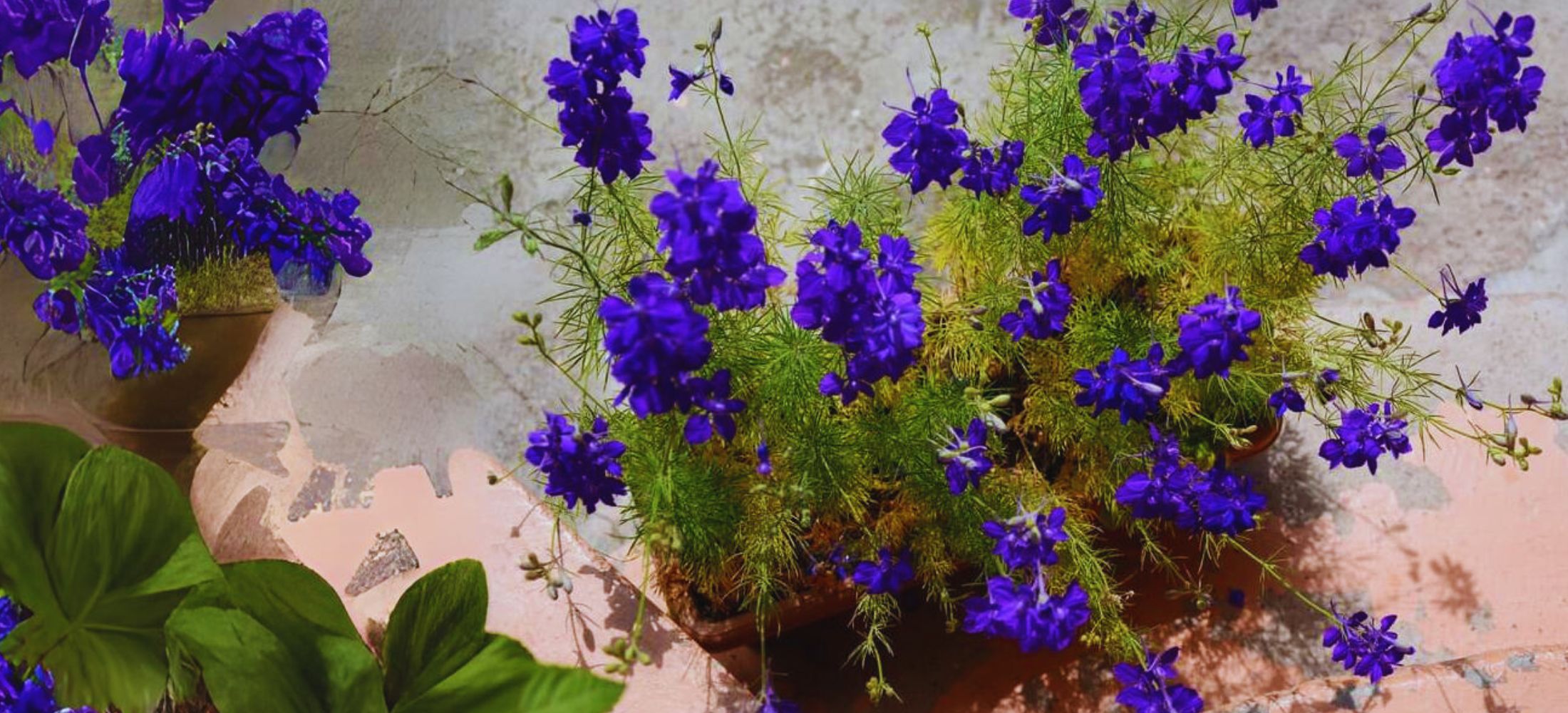
Delphiniums have a long history of cultivation, with their reputation in particular surging in Europe in the course of the 18th and 19th centuries. However, it wasn’t until the early twentieth century that modern hybrid kinds became extensively to be had. These hybrids have been advanced to be greater sturdy and higher appropriate to several garden conditions. Blackmore and Langdon, well-known breeders from England, achieved a good sized role in creating the tall, lovely delphinium flowers which may be so famous in delphinium UK gardens today.
The creation of delphinium flowers into gardens signaled a shift in decorative gardening, wherein dramatic pinnacle and coloration have become great elements in landscape design. This recognition of vertical growth and bold color contrasts made delphiniums a ought-to-have for cottage-fashion gardens and combined borders. Over the years, breeders have persevered to refine their kinds, growing harder plant life which may be proof against disease whilst retaining their lovely floral shows.
Modern delphinium, with their stepped forward electricity and placing vegetation, stay an essential characteristic in masses of UK gardens, symbolizing the fusion of ancient gardening traditions with present day horticultural improvements.
Two Main Types of Delphiniums Grown in UK Gardens
Perennial Delphiniums
Perennial delphiniums are the most normally grown in UK gardens and are loved for his or her sturdiness and towering stature. These flora can increase up to 2 meters (6.5 ft) in peak, producing dense spikes of plants that bloom throughout early to mid-summer time. Once set up, perennial delphiniums return 12 months after 12 months, increasing in duration and bloom amount, making them a face for lengthy-term lawn making plans.
In terms of preservation, perennial delphiniums do require a piece of trial, specifically with regards to staking and fertilization, but the praise is properly sincerely well worth it. These plants are ideal for growing peaks in blended borders or as standalone capabilities in cottage gardens. The most well-known kinds are hybrids of elatum, prized for their durability and showy blooms.
Annual Delphiniums
Annual delphiniums, which includes Delphinium consolida (additionally known as larkspur), are a famous choice for gardeners searching out a greater brief, however similarly cute display. Unlike their perennial opposite numbers, annual delphiniums satisfactorily last for one season but provide a brief and colorful splash in lawn beds. These flowers are heaps shorter, normally developing between 60 and 90 cm (2-three feet), making them suitable for smaller spaces or area gardening.
Annual delphiniums are regularly used as fillers in reduced floral arrangements, way to their sensitive, feathery foliage and pastel-colored blooms. Though they are no longer as lengthy-lived as perennials, their fast growth and prolific flowering cause them an awesome desire for gardeners searching for to experience it without the long-term dedication.
Where to Plant Delphinium plants
Delphinium plants thrive fine in sunny locations that offer refuge from robust winds. Since those flowers grow tall, they may be susceptible to being toppled with the useful resource of gusts, so planting them in an included spot, consisting of close to a fence, wall, or hedge, is right. Additionally,pale blue delphiniums or pink delphiniums require at least six hours of direct sunlight each day to reap their entire capacity, so make sure to choose a sunny area of your garden.
While complete sun is critical for sturdy increase, they can tolerate some moderate afternoon coloration, especially in warmer climates. Too much coloration, however, can cause them to increase leggy and reduce their flowering capability. The ideal planting area is one that offers a balance amongst sunlight and protection from intense climate situations, supporting the plant to thrive.
For gardeners searching to incorporate plants into mixed borders, those flora paintings wonderfully when positioned closer to the back, wherein their top can provide a dramatic backdrop for shorter plants. They also are superb for developing vertical accents alongside lawn paths or in island beds.
How and When to Plant Delphinium flower
When to Plant
The notable time to plant it is either inside the spring or autumn, depending on your neighborhood weather. Spring planting is good for regions with harsh winters, as it offers the plant life an entire growing season to install themselves earlier than chillier weather units in. In milder climates, autumn planting may be best, because it lets in the flora to establish a strong root tool earlier than the following growing season, important to large blooms the following summer time.
If planting from seed, sow indoors in late iciness or early spring for transplanting as quickly because the danger of frost has surpassed. Young flora can also be bought from nurseries and planted directly inside the garden.
How to Plant
Start by manning the planting net website. It selects fertile, well-draining soil, so it’s essential to amend heavy or compacted soils with natural count number collectively with compost or well-rotted manure. Dig a hollow barely bigger than the inspiration ball of your plant and region the plant in the hollow, ensuring the crown is degree with the soil floor.
Space the plants about 45-60 cm (18-24 inches) aside to permit for suitable air flow into, which facilitates saving you illnesses together with powdery mold. After planting, water thoroughly to settle the soil throughout the roots.
Growing Medium
They thrive in rich, properly-draining soil that is slightly acidic to impartial (pH 6.Five-7.Zero). Gardeners with heavy clay soils will want to beautify drainage by way of running organic material which incorporates compost into the soil in advance than planting. These are sensitive to waterlogged situations that can lead to root rot, so it’s vital to offer them with properly-worn-out soil.
Sandy soils, at the identical time as nicely-draining, may not keep sufficient moisture or vitamins, so including natural matter and a wide variety is also essential. In lawn beds, a five-10 cm (2-four inch) layer of mulch across the base of the plants allows moisture, alters soil temperature, and suppresses weeds. Organic mulches, which incorporate leaf mold or composted bark, are remarkable choices as moreover they decorate the soil as they decompose.
Sowing and Planting
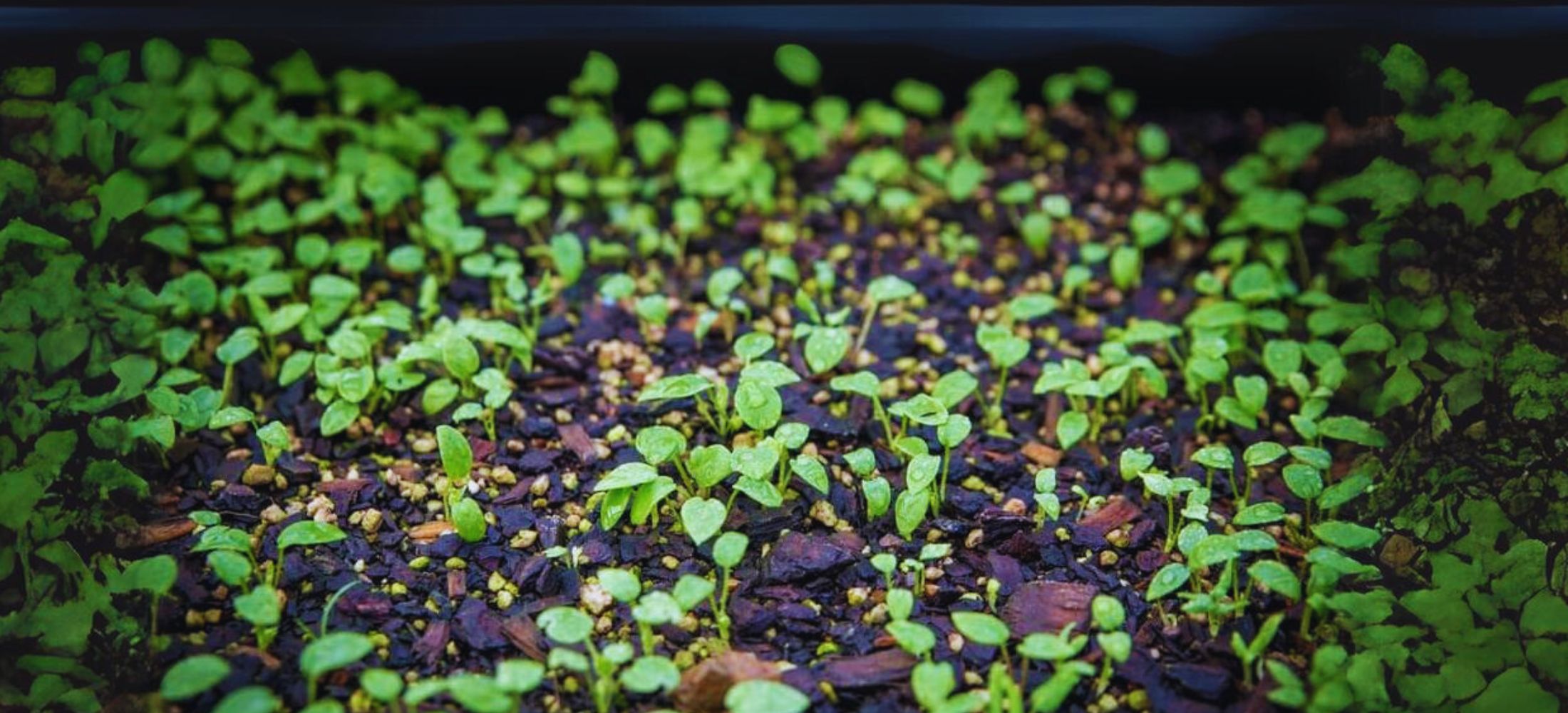
In order how to grow delphiniums from seed, you can make an effort. Seeds need to be sown in the late wintry climate or early spring to offer the vegetation sufficient time to develop earlier than transplanting them into the lawn. Their seeds additionally benefit from a period of cold stratification, which enables improved germination expenses. This entails placing the seeds in a plastic bag with a moist paper towel and refrigerating them for two-three weeks in advance than planting.
Once the seeds are stratified, sow them in trays or pots packed with a seed-beginning mix. Place the seeds at the surface of the soil and cowl them gently with vermiculite, as they need mild to germinate. After germination, the seedlings may be transplanted into individual pots and then hardened off earlier than planting within the garden.
For quicker results, many gardeners prefer to buy plugs or more youthful vegetation from nurseries and plant them immediately into their prepared garden beds. These young vegetation are regularly less complicated to establish and can bloom earlier than those grown from seed.
Delphiniums flowers Care Tips
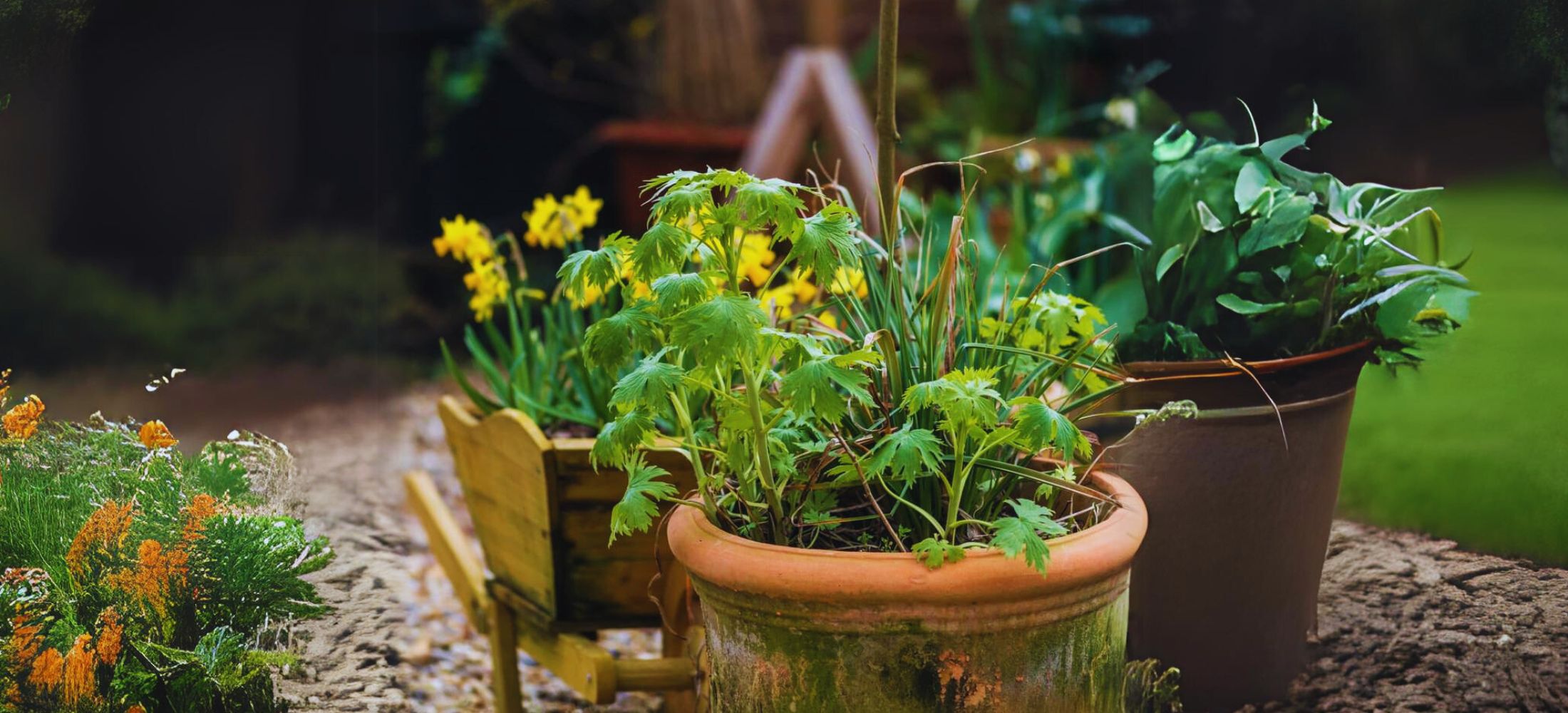
Light
They need full solar to thrive, which means they require at least six hours of direct daylight hours according to day. In areas with especially warm summers, it’s useful to offer some afternoon shade to save you the vegetation from turning into harassed or scorched. Insufficient daylight can result in weaker, leggy increase and much less blooms, so make certain to plant them in a sunny place for the satisfactory effects.
However, it’s important to stabilize sun publicity with safety from harsh midday warm temperatures, specifically in hotter climates. Too much sun can bring about sunburn at the foliage, so strategic placement in a place that gives entire morning solar and some dappled afternoon coloration may be quality.
Soil and Water
They choose well-draining, fertile soil that stays constantly moist but now not waterlogged. Water the flora regularly, mainly throughout dry periods, but keep away from permitting the soil to become soggy, as this will result in root rot and other troubles. To maintain consistent moisture stages, utilizing a thick layer of mulch throughout the base of the vegetation can assist keep the soil cool and wet, in addition to lessen the want for common watering.
It’s additionally critical to water it at the bottom of the plant in preference to overhead to keep away from wetting the foliage, which could encourage fungal illnesses. Drip irrigation systems or soaker hoses are wonderful devices for ensuring the vegetation gets hold of adequate moisture without increasing the hazard of disorder.
Temperature and Humidity
They thrive in cooler climates and are well-suitable to the temperate situations determined within the UK. They are hardy in USDA zones three-7, which means that they could tolerate numerous temperatures, although they normally select cooler, wet conditions in some unspecified time in the future in their developing season. High humidity can increase the hazard of fungal illnesses, such as powdery mildew, so pinnacle air flow is important.
In regions with mainly heat or dry summers, they also can warfare to thrive without sufficient moisture and color. In such times, it’s far critical to ensure they may be watered regularly and planted in an area that gives a few safety from the maximum up to date part of the day.
Fertilizer
They are heavy feeders and take advantage of everyday fertilization in the course of the developing season. Apply a balanced, sluggish-release fertilizer in early spring, simply as a new boom starts to emerge. For even higher consequences, you may complement this with liquid feed each few weeks in the course of the developing season. This permits healthy increase and encourages the development of large, more vibrant flower spikes.
It’s moreover useful to top-get dressed the soil with compost or well-rotted manure in spring and autumn, as this no longer best feeds the flowers but also improves soil shape and moisture retention. Regular feeding ensures that delphinium plant leaves have all the vitamins they want to provide their lovely floral displays year after 12 months.
Pruning
Pruning is an essential part of delphinium care, as it lets in keep the plant’s form and encourages more blooms. After the primary flowering duration in the early summer season, it’s truly helpful to cut back the spent flower spikes to encourage a second flush of blooms later in the season. This technique, referred to as “deadheading,” prevents the plant from placing strength into seed production and redirects it in the direction of new increase.
In past autumn or early wintry weather, after the foliage has died back, the flora can be reduced right down to floor level. This enables tidy up the lawn and prepares the vegetation for wintry climate dormancy. In colder climates, leaving a few inches of stem above the floor can help guard the crown from frost harm.
Potting and Repotting Delphinium
While delphinium plants are most usually grown in lawn beds, they can also be cultivated in big packing containers or pots. Choose a container that is at least 30 cm (12 inches) extensive and deep to house the plant’s root machine. The pot needs to have well drainage, as they do not tolerate soggy conditions. Use an awesome potting blend that is rich in organic matter, and water the vegetation often to keep the soil always wet.
When repotting, it’s first-class to achieve this in early spring or after the flowering season has ended. Repotting each couple of years is vital to refresh the soil and provide greater space for the plant’s roots to develop. Container-grown these may additionally require extra frequent watering and fertilization than those planted within the floor, because the soil in pots has a tendency to dry out more fast.
Pests and Problems
They are liable to some common lawn pests and sicknesses. Aphids and slugs are the most common pests that may have an effect on those vegetation. Aphids generally tend to cluster at the modern growth, sucking sap from the stems and leaves, which could stunt growth and cause the leaves to twist. Slugs and snails, alternatively, can cause large damage to younger vegetation by way of eating the leaves and stems.
To manage these pests, inspect your plant life regularly and use natural pest control strategies along with insecticidal cleaning, cleaning soap for aphids and slug pellets or traps for slugs and snails. Encouraging herbal predators like ladybirds and birds can also help hold aphid populations in take a look at.
In terms of sicknesses, powdery mildew and leaf spot are commonplace fungal troubles which could have an effect on it. Good garden hygiene, including spacing the plants well for suited air float and fending off overhead watering, can assist reduce the danger of those issues.
How to Propagate Delphinium

They may be propagated through seed, department, or cuttings. Each approach has its advantages, depending on the gardener’s preference and sources.
Seed Propagation
Growing delphiniums seed calls for endurance, as they are able to take up to 2 years to bloom. Seeds want to be sown indoors in past due iciness or early spring and could gain from bloodless stratification to enhance germination prices. While it’s a slower approach, developing it from seed permits gardeners to experiment with precise sorts and enjoy a feat at the same time as the flowers eventually bloom.
Division
Mature vegetation can be divided every three-4 years in early spring or autumn. Carefully dig up the plant and divide the base clump into sections, ensuring that each department has a part of healthy roots and stems. Replant the divisions in prepared lawn beds, and water them properly to assist them installation. Division is a dependable manner to propagate it and allows rejuvenation of older vegetation.
Cuttings
In spring, take basal cuttings from the new growth of mounted plant life. Root the cuttings in moist compost and transplant them into the lawn after they have advanced a sturdy root system. This approach is faster than developing from seed and frequently results in flowers that bloom earlier than seedlings.
Delphinium Companion Plants
They pair superbly with a huge variety of different lawn plant life, improving the overall aesthetic of your garden. Consider planting them alongside:
- Roses: The easy pastel colorations of its offer a gentle backdrop to the ambitious and vibrant blooms of roses. Together, they invent a romantic and conventional lawn display.
- Foxgloves: Another tall, spire-like plant, foxgloves provide a harmonious assessment with delphinium plant leaves, growing a vertical tapestry of colors and textures.
- Peonies: The huge, lush blooms of peonies complement the tall spikes of it. Their contrasting shapes and growth behavior make for a stylish and attractive aggregate.
- Shasta Daisies: The smooth beauty of Shasta daisies brightens up its beds. Their white petals and yellow centers offer a satisfied assessment of the extra stately and regal plant blooms.
Conclusion
Delphiniums are a must-have for any gardener trying to create a vertical announcement of their lawn. Their towering flower spikes and colorful colors deliver elegance and drama to garden borders and flower beds.
With right care, such as ok sunlight hours, nicely-tired soil, and regular feeding, it will reward you with lovely blooms twelve months after yr. Whether grown as perennials or annuals, these majestic vegetation are certain to be the highlight of your garden, drawing admiration from all who pass via. Their capability to thrive in cooler climates, blended with their putting splendor, makes them a first-rate choice for gardeners seeking out characteristic top, shade, and attraction to their landscapes.
Read more: The Majestic Oaks Tree: A Complete Guide

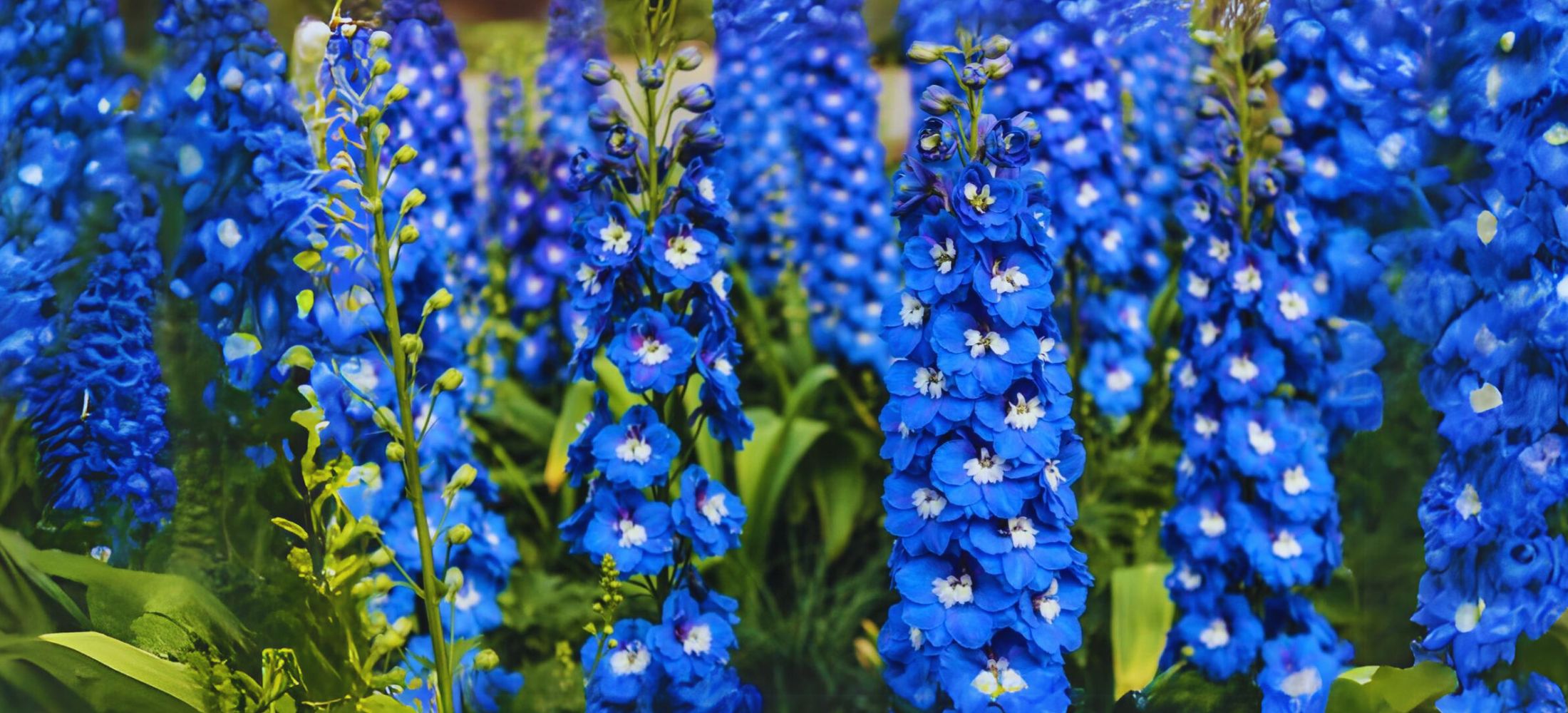
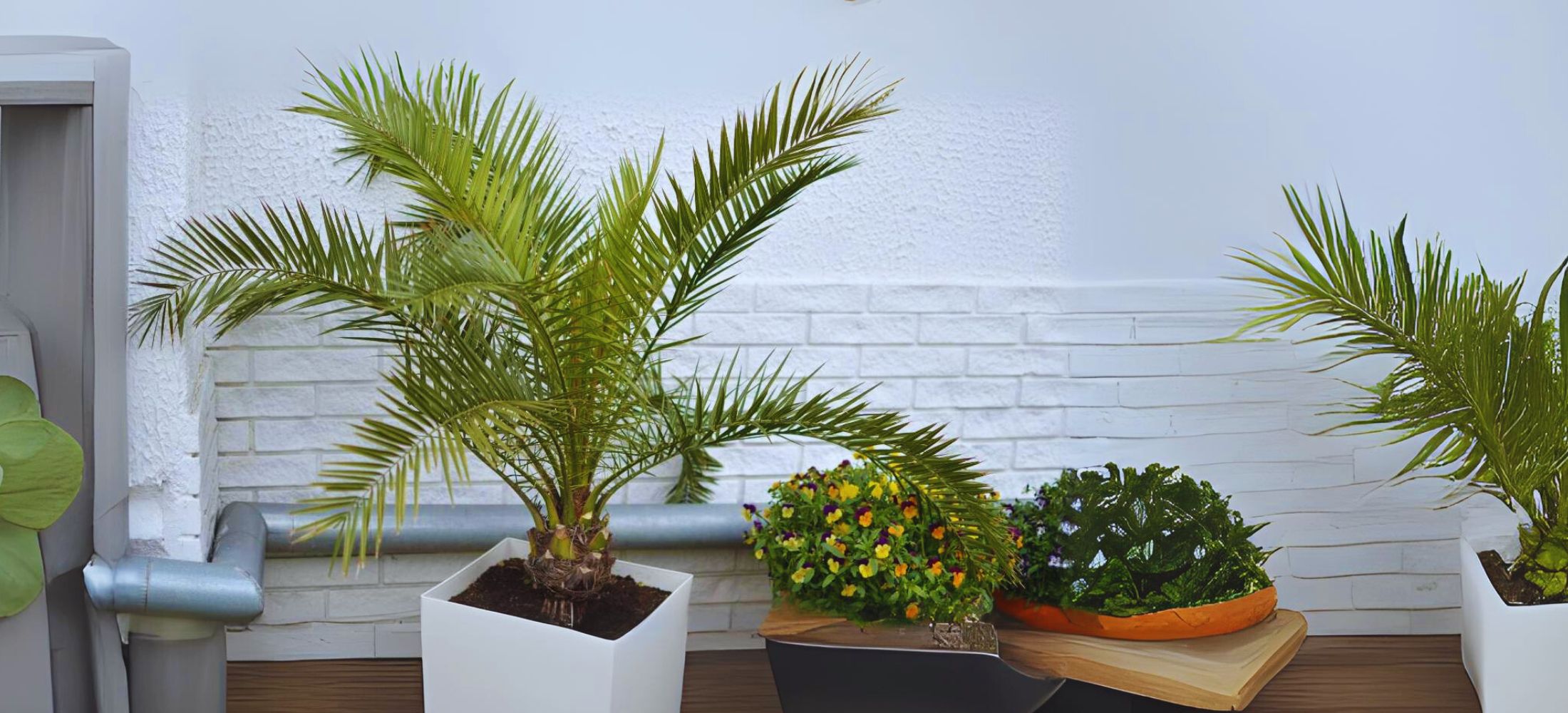
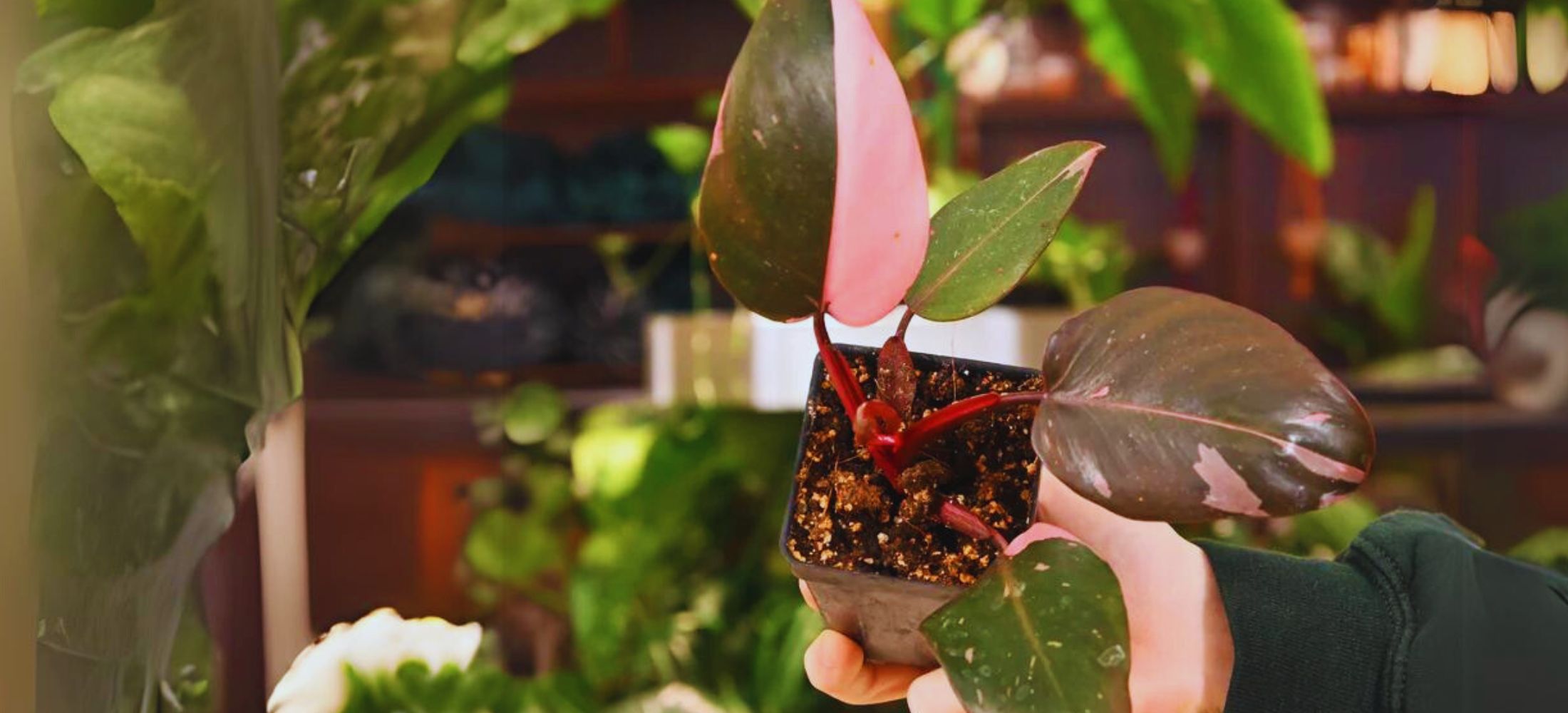
One thought on “How to Plant and Grow delphinium: 2024 Guide”